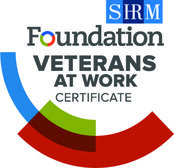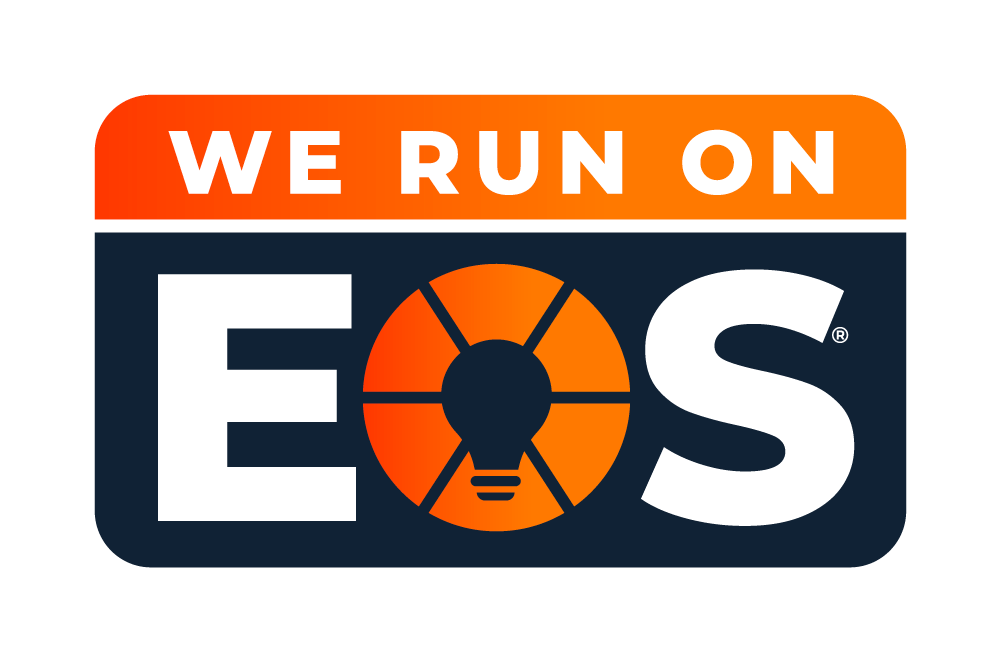Preparing for the Unthinkable
No one prepares you or tells you what to do if you lose an employee (abducted by aliens, ghosted, or the absolute worst, if they pass away). Never mind if they are a trusted member of your leadership team. There’s no playbook. SHRM provides one article with cold notification text for telling your employees. There is no humanity in it. We’re all about the human side of things, and while there’s a playbook for almost every circumstance, most content written on the subject will only tell you about announcing an employee leaving of their own volition.
When we faced the worst of these possibilities, I didn’t know where to turn. I did what I thought was best in the moment. I followed my heart and tried to act with as much humanity as possible. Even if your situation isn’t as dire as mine was, you should consider how to deal with an employee leaving suddenly. It was a learning experience like none other, and it’s better to learn from my experience than having to learn it as it happens.
Here are some observations and lessons from this experience:
Notifying Your Team
Points of Contact: We all have emergency POCs for our employees. But how often are they updated? Our team had been okay about this, but now I’m going to be militant getting them reviewed semi-annually.
On the employee side, how many partners/family members have contact information for your employee’s supervisor? We may all go home and talk about work but how many of us share contact information? Further, how many share it for more than one person in the organization? We now insist that all our employees give their families not only their supervisors contact info but mine as well. In an emergency, time counts. Having two POCs for the company increases the likelihood that someone will pick up when they call and can handle all the company aspects.
The Leadership Team: Leadership and colleagues need to know. The sooner the better. My immediate reaction was to get all of the Directors on a call immediately. Better that they hear it from me than on social media.
The Ground Team: Coworkers also need to know – not only because they care, but because we may need their help in trying to cover for the employee in question. We held a quick all hands 10 min zoom call (a sign of the times). I told everyone everything that I could, so we all worked from the same information. When you’re announcing an employee leaving, or worse, it’s important to have a clear message, with all the information you’re able to safely provide.
Partners and Clients: For us, it wasn’t as clear what was actively being worked on by the employee as they had multiple projects and clients. I personally talked to as many as I could to let them know of the situation. All have been understanding and kind. We’ve had to ask for grace way more often than I ever want to, but the support has been universal.
Work Product:
Our employee was working off their own computer and therefore wasn’t under our prevue. We had thought all client files were being backed up in the cloud, and luckily for us, that ended up being the case. If it wasn’t we wouldn’t have had access to their personal laptop. We would be in the unfortunate position of guessing on deliverables, going back through emails, and trying to construct what had happened. Going forward, we will repeatedly spot check that all company work is in the cloud. And not doing so will result in discipline up to and including possible termination. That’s how seriously we are going to take it. With the rising severity of employee ghosting, on top of all the other ways your employees can end up not working with you anymore, having all deliverables within reach is essential.
Insurance:
Our employee was not a standard salaried employee, so their insurance coverage wasn’t always as clear cut as we would like. We worked closely with our broker to ensure that the information we had was exactly what the carriers had, so there were no questions in coverage. In doing so, we discovered that we needed to audit the basis of coverage under STD, LTD, ADD and Life insurance policies. Most companies offer these coverages for free to employees and you sign up once when onboarding and then never think of it. We are now going back to audit all of our invoices for the year and the basis of salary that the carriers are using. We’ve been good about auditing health insurance, but we need to be better about this bill.
Helplessness:
Because their passing was so unexpected and out of nowhere, everyone is wrestling with it. We all want to be helpful in some manner. Unfortunately, especially when in wait and see mode, there is absolutely nothing that can be done, except to cover for client work, ensure the family has food and make sure we’re there to answer any questions. This leads many of us (myself very much included) to feel helpless. Our jobs as leaders is to help solve problems. And there was no solving this one. This personally weighed me down. Everyone wants to feel useful. We ended up opening a 529 plan for our employee’s son. This at least gives us something to contribute towards to feel useful. It also allows us to make an impact. My personal goal is to drive as much money into this fund as possible in the memory of our colleague. Flowers are nice, but debt free college options for their 9-year-old is was more important in my mind.
Humanity:
My company has now seen me ugly cry via zoom (let me tell you how ugly that is). Clients I’ve never spoken with have heard from me and we’ve talked about life and death in a manner that some people never share with friends. I have personally swung from rage to despair in 5 short minutes. Instead of hiding my feelings or trying to remain nothing but professional, I’ve just been me. It’s the only way I know how to be. Time will tell if this was a bad idea or if showing your humanity is indeed the way to lead.
As stated before, there is no standard for experiencing this depth of sadness in your work or personal life. All in all, it is necessary to lead with heart and putting humans first. I truly hope that you never have to experience something like this, but in the unlikely event that you do, I hope these reminders make the ‘company-stuff’ as painless as possible. If you need assistance in a situation much like the one I went through, contact us today. Learning how to deal with an employee leaving under such sad and unexpected circumstances is something I wouldn’t wish on anyone, but I hope that my experience can prove to be a valuable learning experience for you as well.
Updated 03/28/2023





